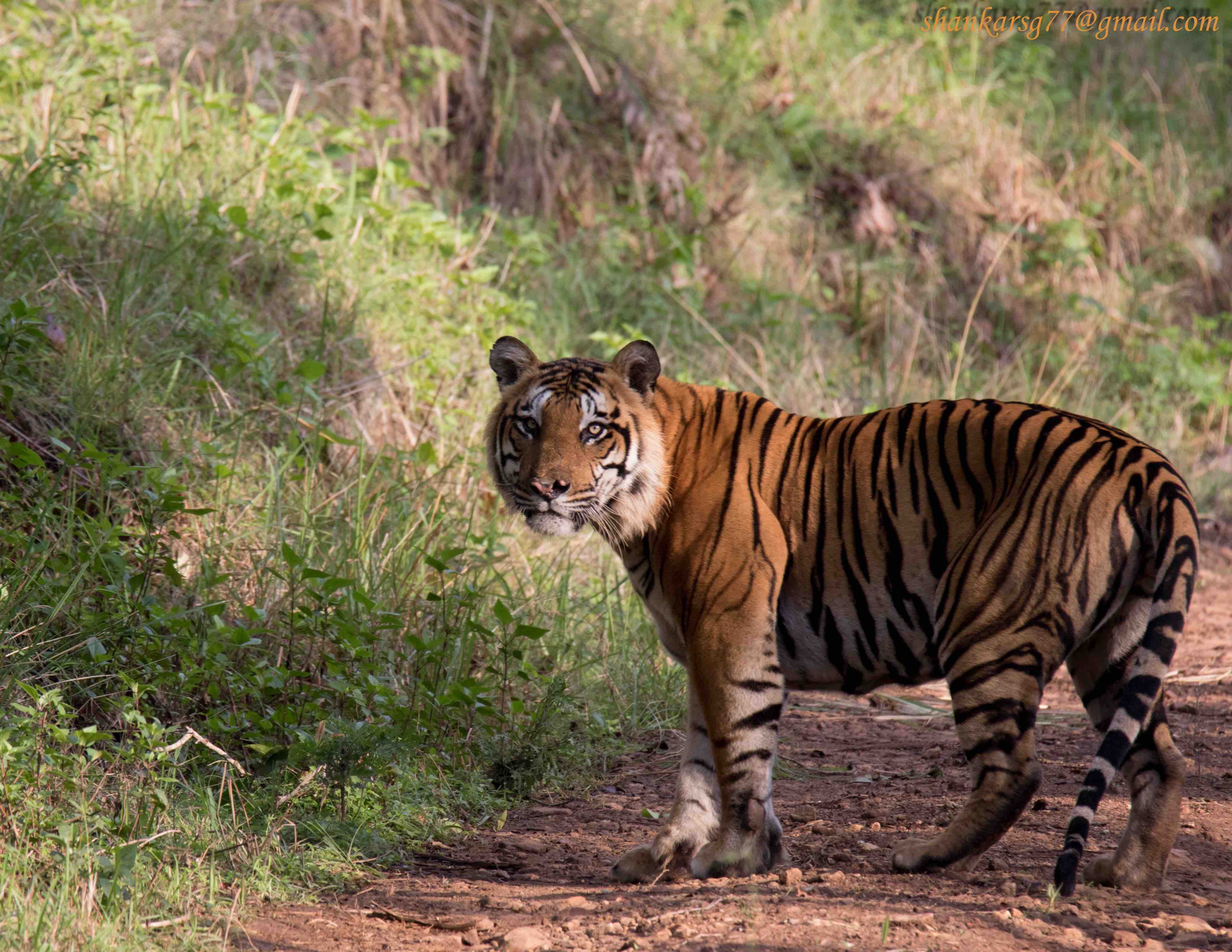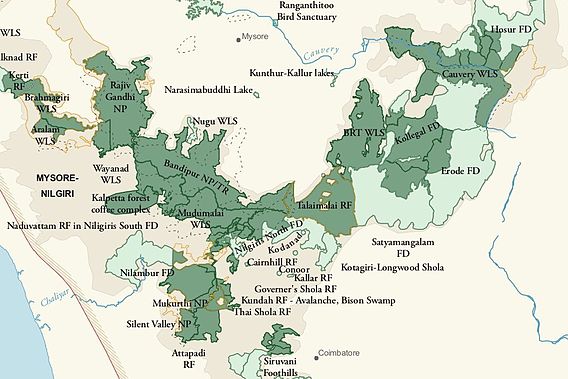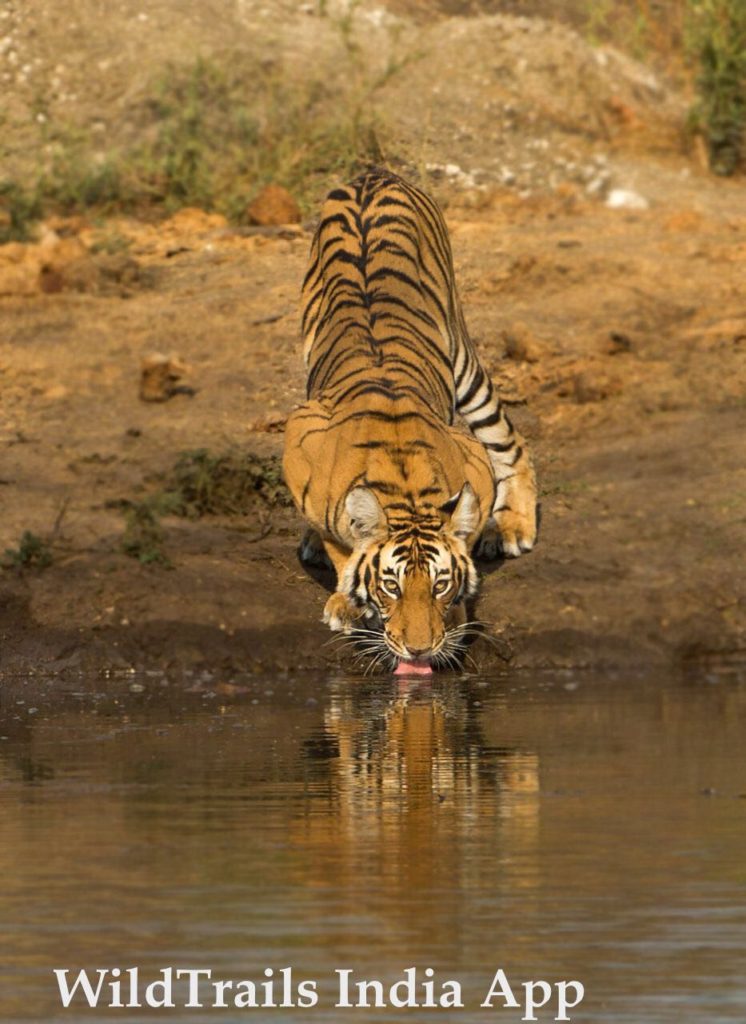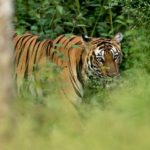Nilgiri Biosphere Wildlife Sanctuaries

The Nilgiri Biosphere Reserve is an International Biosphere Reserve in the Western Ghats and Nilgiri Hills ranges of South India. The Nilgiri Sub-Cluster is a part of the Western Ghats, which was declared a World Heritage Site by UNESCO in 2012. Nilgiri Biosphere Wildlife Sanctuaries include such as Nagarhole, Kabini area, Bandipur, Mudumalai, Mukurthi national parks, as well as BRT Hills, Wayanad and Sathyamangalam wildlife sanctuaries.
Nilgiris Biosphere Reserve is India’s first and foremost biosphere reserves with a heritage, rich in flora and fauna. Tribal groups like the Todas, Kotas, Irullas, Kurumbas, Paniyas, Adiyans, Edanadan Chettis, Cholanaickens, Allar, Malayan, etc., are native to the reserve.

Nilgiris Biosphere Reserve covers a tract of over 5000 square kilometers of the hill ranges of Nilgiris and its surrounding environments in the states ofKarnataka (1527.4 km²), Tamil Nadu (2537.6 km²), and Kerala (1455.4 km²). It forms an almost complete ring around the Nilgiri Plateau.
Nilgiri BioSphere Wildlife Sanctuaries & National Parks:
- Nagarhole National Park, Karnataka
- Kabini, Karnataka
- Bandipur National Park, Karnataka
- BRT Wildlife Sanctuary (Biligiri Ranganatha Temple), Karnataka
- Mudumalai National park (Tamil Nadu)
- Mukurthi National park (Tamil Nadu)
- Sathyamangalam wildlife sanctuary (Tamil Nadu)
- Wayanad wildlife sanctuary (Kerala)
Core & Buffer Area:
The 1986 designation by the Government of India established core and buffer areas within the biosphere reserve.
- Core area: 1240.3 km² (701.8 km² in Karnataka, 264.5 km² in Kerala, 274 km² in Tamil Nadu)
- Buffer area: 4280 km²
Major Fauna & Flora of Nilgiri Biosphere
Fauna – 100 species of mammals, 350 species of birds, 80 species of reptiles including Tiger, Asian elephant, Lion-tailed macaque and Nilgiri tahr. Nilgiri has the largest population of Lion-tailed macaque and Nilgiri tahr, which are two endangered species

Flora – 3,300 species of flowering plants grow in Nilgiri and out of them, 132 are endemic to this region. Sholas or the local tropical forests hosts most rare plant species.
Nine Major Biospheres in India
Other than Nilgiri biosphere (1) there are 8 more which are recognized by UNESCO which are:
2. Gulf of Mannar:
Location – Between India and Sri Lanka, forming part of the Laccadive Sea
Fauna – Sea turtles, Sharks, Dugongs, Dolphins, Whales. Pearl Oysters, Gorgorian Corals are also frequent in the reserve
3. Sundarbans:
Location – Estuaries of River Ganges and River Brahmaputra. The reserve is also a UNESCO World Heritage site, as it is the largest mangrove forest area in the world
Fauna – The reserve is famous as the breeding ground of the Royal Bengal Tiger. Spotted deer, Rhesus Macaque, Salt Water Crocodile and Giant Adjutant Storks are some other attractions
4. Nanda Devi Biosphere:
Location – Northeast of Uttarakhand. The Nanda Devi Bio-reserve is also designated as a UNESCO World Heritage Site
Fauna – Himalayan musk deer, Mainland serow and Himalayan tahr. The reserve is also known to host Snow Leopards, Himalayan Black Bear and Brown Bear, Langurs and Rhesus Macaque
5. Nokrek National Park:
Location – West Garo Hills, Meghalaya
Fauna – A large population of Red Panda can be found in the reserve. Other mammals include Hoolocks, Stump-tailed Macaque, Flying Squirrel, Leopard and Pig-tailed Macaque
6. Pachmari Biosphere Reserve:
Location – Satpura Range, Madhya Pradesh
Fauna – Tigers, Leopard, Wild Boar, Indian Giant Squirrel, Indian Wolf, Chinkara, Nilgai, Chital Deer, Muntjac Deers, Sambar Deer, Bison and Rhesus Macaques
7. Similipal Biosphere Reserve:
Location – Northeast Odisha
Fauna – Around 42 species of mammals, 242 types of birds and 30 species of reptiles have been found in the reserve. Tiger, Leopard, Sambar, Asian Elephant, Barking Deer, Gaur, Chausingha, Jungle Fowl, Hill Mynah and Crested Serpent Eagles comprise a large variety of animals and birds here
8. Achanakmar-Amarkantak Biosphere Reserve:
Location – Chhattisgarh and Madhya Pradesh
Fauna – Tigers, Panthers, Bears, Chital Deer, Sambar Deer, Barking Deer, Foxes, Wild Boar, Jackals and Bisons can be found in the biosphere. The area is also famous for hosting different species of frogs including Cricket Frog, Burrowing Frog, Tree Frog, Ornate Narrow Mouthed Frog, Toad and Bullfrog
9. Great Nicobar Island:
Location – Nicobar Islands
Fauna – Crab Eating Macaque, Nicobar Megapode, Giant Robber Crab,Nicobar Serpent Eagle, Giant Robber Crab, Palm Civet and Water Monitor Lizards are common in the reserve.
Further Info:
If you need further info on any of the wildlife sanctuaries of Nilgiri biosphere, or planning a visit to one of them, and need further info or you want us to help you book safaris with a stay but at budget locations, contact us any time via an email to [email protected] OR call us any time on +918030178142 or WhatsApp us @ +919901175444. Also please do install WildTrails India App or read the below related blogs.
Related Useful Blogs about Nilgiri Biosphere:
Top 10 Elephant Reserves Near Bangalore
Top 5 Tiger Reserves near Bangalore
The Unsung the Unknown but a Must Visit Tiger Reserve near Bangalore
The “Wildlife” jewel in the crown of Bangalore
TOP 10 One Day Wildlife Getaways from Bangalore – last two (9th & 10th)
TOP 10 One Day Wildlife Getaways from Bangalore (PART 3 – 7th & 8th)
Top 10 one-day Wildlife Getaways from Bangalore (Part 2: The Next Three 4,5,6)
Top 10 one-day Wildlife Getaways from Bangalore (Part 1: The First Three)
Top 5 Long Weekend Wildlife Getaways from Bangalore!
Top 5 Wildlife Weekend getaways from Bangalore!
How to plan an Inexpensive Kabini Stay n Safari
Its Raining Tigers at Nagarhole Kabini. The Data Speaks…
Kabini Nagarhole Safari Timings
Nagarhole Safari Info & Safari Timings, Travel Information, Guide, Wildlife Tour
Procedure to Book Bandipur Forest Department Lodges
Everything you want to know about Bandipur National Park including Safari Details
WildTrails (Tm) India App – “Discover Indian Wildlife Like Never Before“
PS: Please be a responsible wildlife tourist; No littering, No sounds, No feeding, no getting down from the safari jeep (when on safari), No phone calls. Remember that we are visiting their home and when we are there, let’s follow their rules.
[The WildTrails India App is the best way to get all the details about Indian wildlife sanctuaries (best travel times, safari details, animal sightings, forest accommodations pairing, wildlife related activities, prices, etc). Learn more about WildTrails of India here. ios App is here. Android is here, and Web is on the way. Please do like us on our facebook page here.]
With 4 years of Sightings data + Extensive expert tracker network in jungles, our customers had the best wildlife experiences.
Buy Wildlife Fashion Accessories
Exclusive Online Store for wildlife products
Packages
Packages Loading...
Recent Posts









